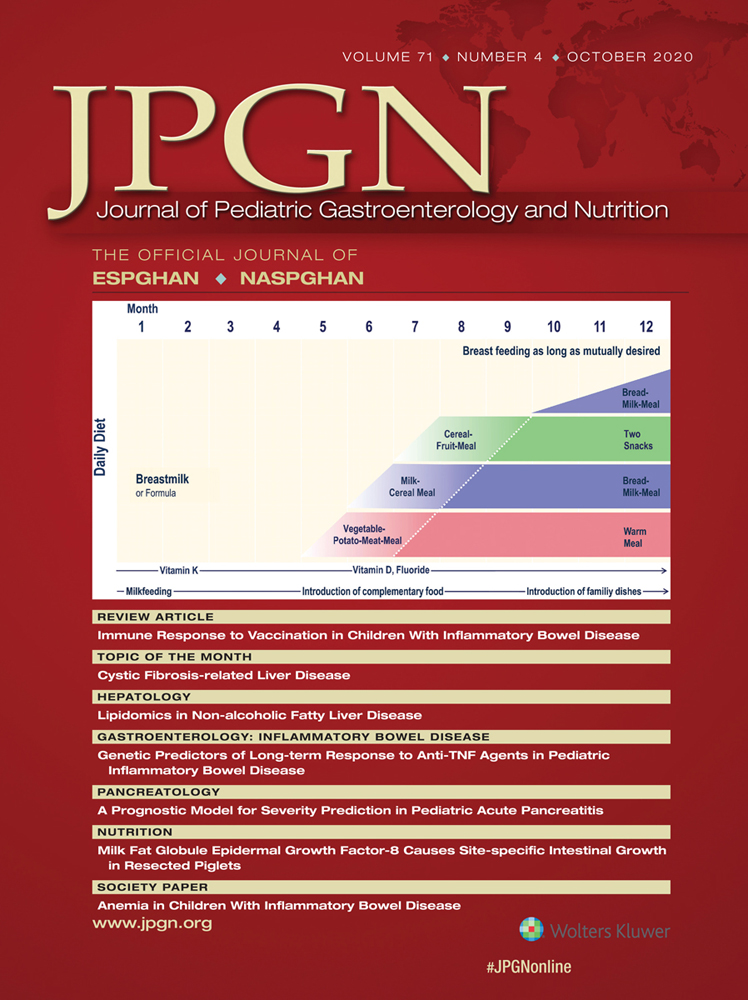Cystic Fibrosis-related Liver Disease
The Next Challenge
The authors report no conflicts of interest.
ABSTRACT
Up to 40% of individuals with cystic fibrosis have cystic fibrosis-related liver disease (CFLD); however, only 5% to 10% will have clinically evident disease. With the introduction of powerful cystic fibrosis transmembrane conductance regulator (CFTR) enhancers, effective treatment for cystic fibrosis is available. The role of CFTR enhancers in liver disease is unknown at this time. The traditionally accepted theory of the pathogenesis of CFLD is being questioned. A different pathogenesis may lead to new ways to treat CFLD. The way that CFLD is diagnosed and monitored is evolving as new imaging technology become available.




